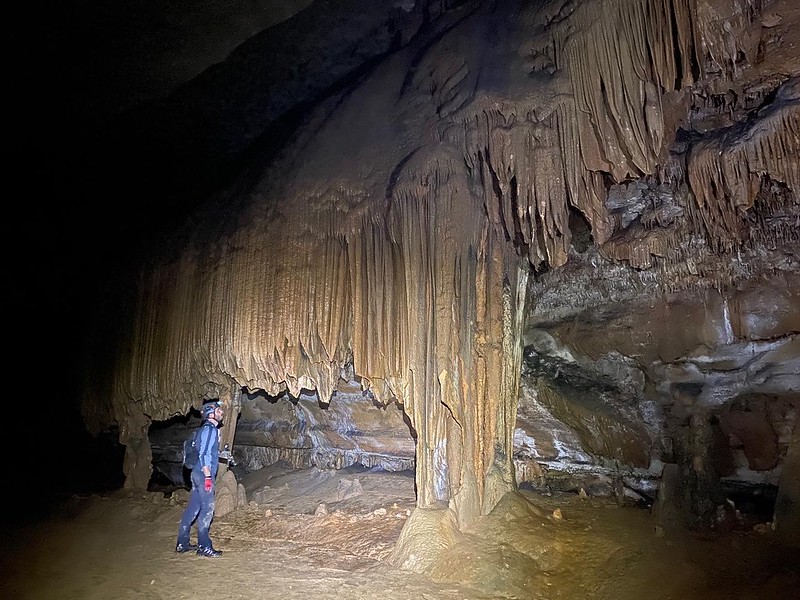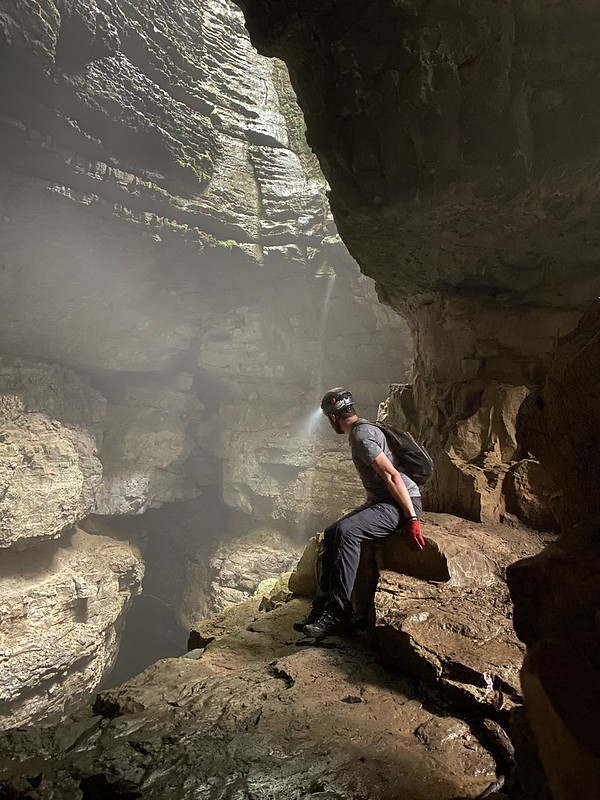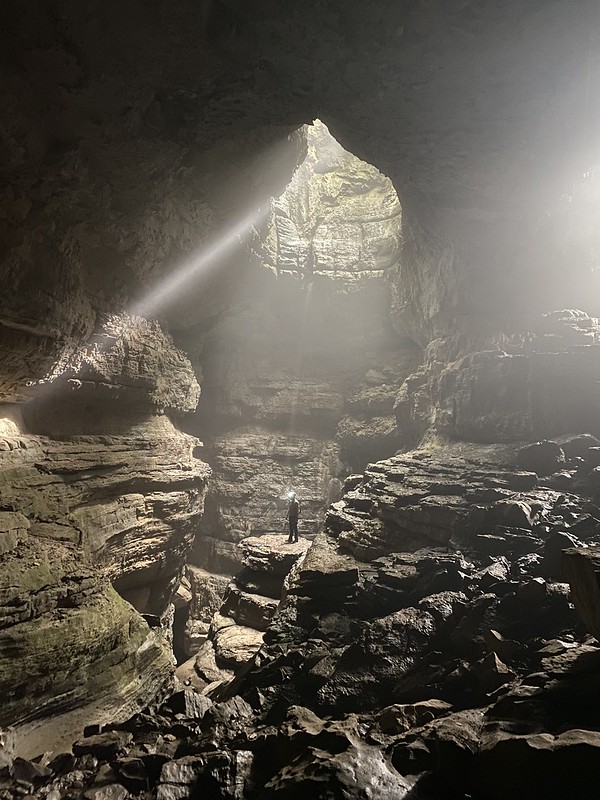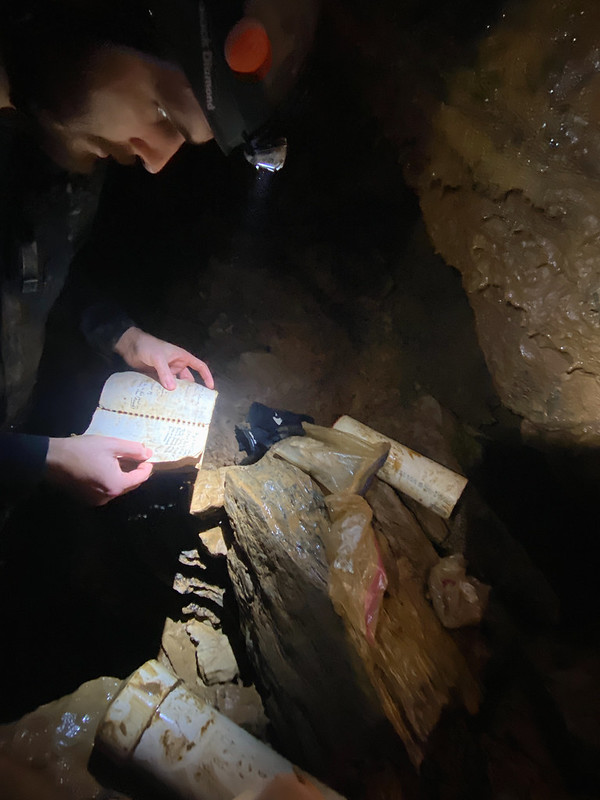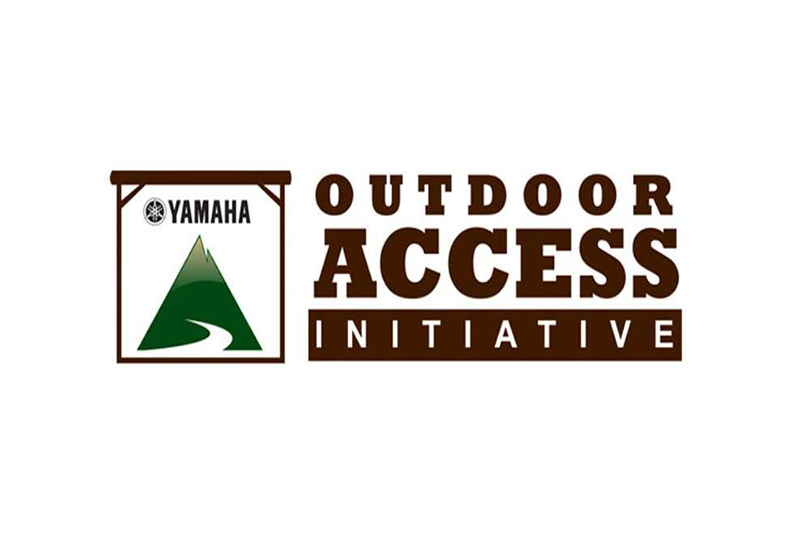A primer on getting ready for underground adventures
Spelunking, caving, or possibly underlanding. No matter what you call it, it can be an incredibly fun, or possibly terrifying, experience. Just as there is a wide range of difficulty and technical levels of overlanding, spelunking comes in many varieties. You can take a guided tour with lighted paths, metal steps, and a guide, or you can go with your own group into caves that require advanced technical rope work, special gear, and more. Regardless of where you fall on that scale you’re bound to enjoy the activity, that is unless you’re one of the people with a debilitating fear of caves.
Caves have an otherworldly atmosphere that makes you feel like you’re exploring on a different planet. Other times you have the realization that you’re hundreds of feet below a neighborhood, business, or farmland. If you’re fortunate to visit a cave with some biodiversity you may encounter fish, amphibians, insects, and mammals that you would never see above the surface. While caves are available practically everywhere, some areas have higher concentrations than others. The TAG region; Tennessee, Alabama, and Georgia, are particularly dense with caves. This trend extends across some of the neighboring states as well. Texas and some of the western states also have areas with plenty of spelunking opportunities.
As with any outdoor pursuit proper training, research, and safety protocols are of the utmost importance. While some caves are basically underground walking paths, it’s still a good idea to know the basics.
- Don’t go alone. Always go with a group and with an experienced caver when possible.
- Always stay together unless it is an emergency situation, and discuss that plan before it’s needed.
- Always tell someone where you are going, the plan, and when you’ll return.
- Keep three points of contact at all times.
- Avoid jumping, sliding, or other movements that could result in you losing your balance.
- Wear proper footwear that is secure and provides grip in a variety of conditions.
- Helmets are always a good idea, and knee and elbow pads assist in traversing low ceiling sections.
- When traversing vertical sections, always stay clear of the bottom while other cavers are above you.
- Be aware of hypothermia. Caves are cool and often damp environments. This combination can be surprisingly deadly. Extra layers are always a good idea.
- Carry at least three light sources that are durable and preferably waterproof.
- Alway receive proper technical training and practice in a controlled environment before traversing any caves that require rope work of any kind.
- Be sensitive to the unique biomes found in caves. Take only photos, and leave only footprints, and when possible avoid leaving those as well.
Access to caves can sometimes be an issue. Even when on public lands they are often gated. However, there are some useful ways to find accessible caves. In the southeast United States, saveyourcaves.org is a great resource for finding caves, information, and permits. Another great option is local caving groups, often called grottos. These present the perfect opportunity to find others that are passionate about caving, dive a little deeper into wild caves versus tours, and learn in a mentee/mentor environment. Caving.org maintains a database of local chapters.
One final point of consideration is the rise of White Nose Syndrome across the United States. White Nose Syndrome from a fungus that attaches itself to bats. The name comes from a white powdery build up around some infected bats. It was first spotted in the United States in 2006. Infected bats tend to come out of hibernation early, exhibit strange behaviors such as flying around during the day, and eventually they burn through their fat reserves before winter is over. White Nose syndrome has now killed millions of bats, and some caves have lost 90 to 100% of their population. One of the best ways to combat the spread of the fungus is to properly clean all equipment that has been in a cave before another trip. This is a procedure best learned from professionals and another great reason to get involved with a local grotto.
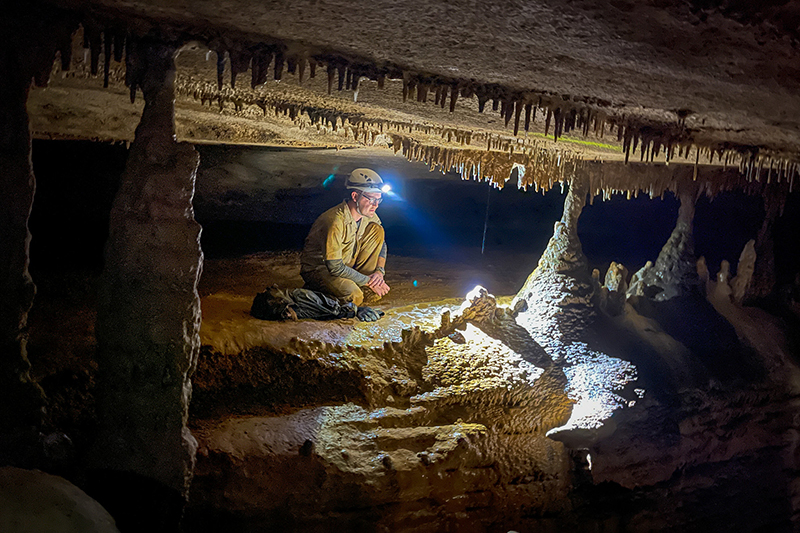
Editor’s Note:
Due to the technical aspects of caving, there are dangers involved with sport including falling rocks, mechanical injuries, and hypothermia. Consult an experienced guide service, instructor, or organized group when caving for the first time, and be sure to use the appropriate safety equipment at all times. OutdoorX4 Magazine does not assume any liability.
OutdoorX4 Magazine – Promoting responsible vehicle-based adventure travel and outdoors adventure




